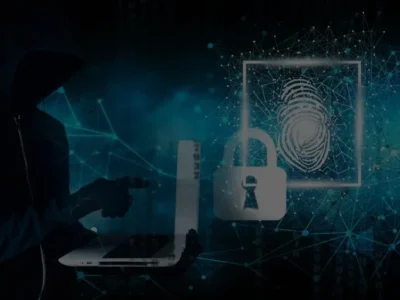In the realm of video analysis and forensic investigation, precision and accuracy are paramount. Every detail matters, and any distortion or miscalibration can compromise the integrity of the evidence. This is where advanced technologies like lens correction and camera calibration play a crucial role, ensuring that what you see is an accurate representation of reality.
Understanding Lens Correction
Lens distortion is a common phenomenon in photography and videography. It occurs when the optics of a lens bend light in a way that causes straight lines to appear curved, especially towards the edges of the frame. This distortion can distort the perception of objects’ shapes and sizes, leading to inaccuracies in measurements and assessments.
Real-Time Lens Correction
In the context of video analysis, real-time lens correction is a game-changer. This technology actively corrects geometric distortions as the video is being captured, ensuring that what the camera records accurately reflects the scene without any distortion. By applying corrective algorithms in real time, investigators can work with undistorted video footage, facilitating more precise analysis and measurement.
The Role of Camera Calibration
Camera calibration is the process of determining and applying the intrinsic and extrinsic parameters of a camera to ensure accurate measurements and analysis. In forensic video analysis, where precise measurements and object tracking are essential, properly calibrated cameras are indispensable.
Automatic Camera Calibration
The automatic camera calibration module, integrated into software like Cognitech AutoMeasure, simplifies the calibration process for end-users. With constant feedback and guidance, users can calibrate their cameras quickly and accurately, minimizing the risk of errors and ensuring consistency across different devices.
Enhancing Video Analysis with Advanced Processing Modules
Beyond lens correction and camera calibration, modern video analysis software offers a range of advanced processing modules to further enhance investigative capabilities.
Digital VCR Playback Control Protocol
One such module is the digital VCR playback control protocol, which enables users to control supported VCRs directly through the software interface. This seamless integration streamlines the workflow, allowing investigators to access and analyze video recordings with ease.
Video Conversion
In cases where video files are in a challenging or unreadable format, the video conversion module comes to the rescue. This module facilitates lossless conversion of difficult-to-read files into a usable format, ensuring that no evidence is overlooked due to compatibility issues.
Video Playback and Analysis
Detailed video investigation is made possible through modules like video playback and analysis. With features such as real-time frame-accurate playback and frame-by-frame analysis, investigators can scrutinize every aspect of the video, uncovering valuable insights and evidence.
Conclusion
In the world of forensic video analysis, precision and accuracy are non-negotiable. Lens correction and camera calibration technologies play a pivotal role in ensuring that the evidence captured by cameras is faithful to reality. With real-time lens correction and automatic camera calibration, combined with advanced processing modules, investigators can conduct thorough and reliable analyses, ultimately aiding in the pursuit of truth and justice.











Comments